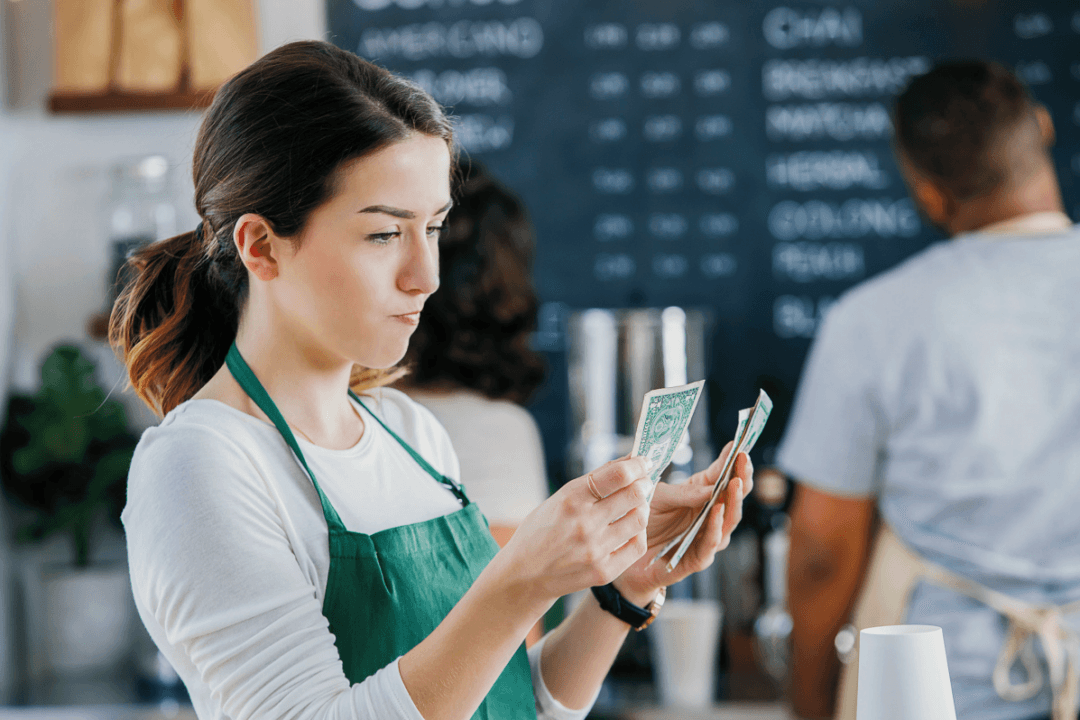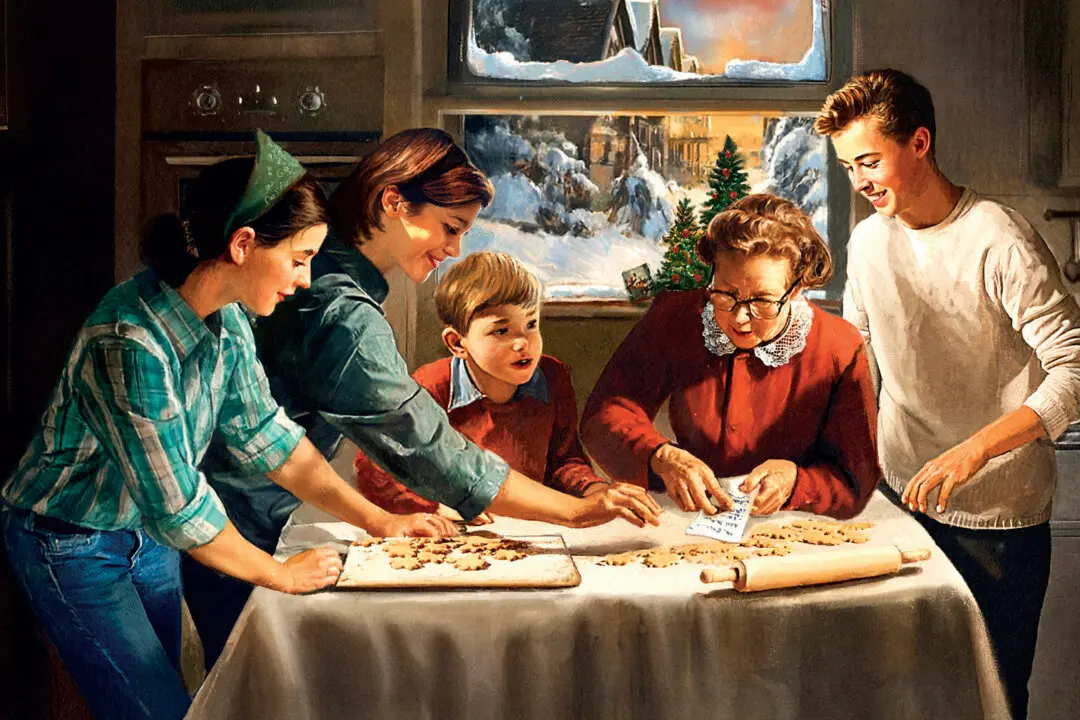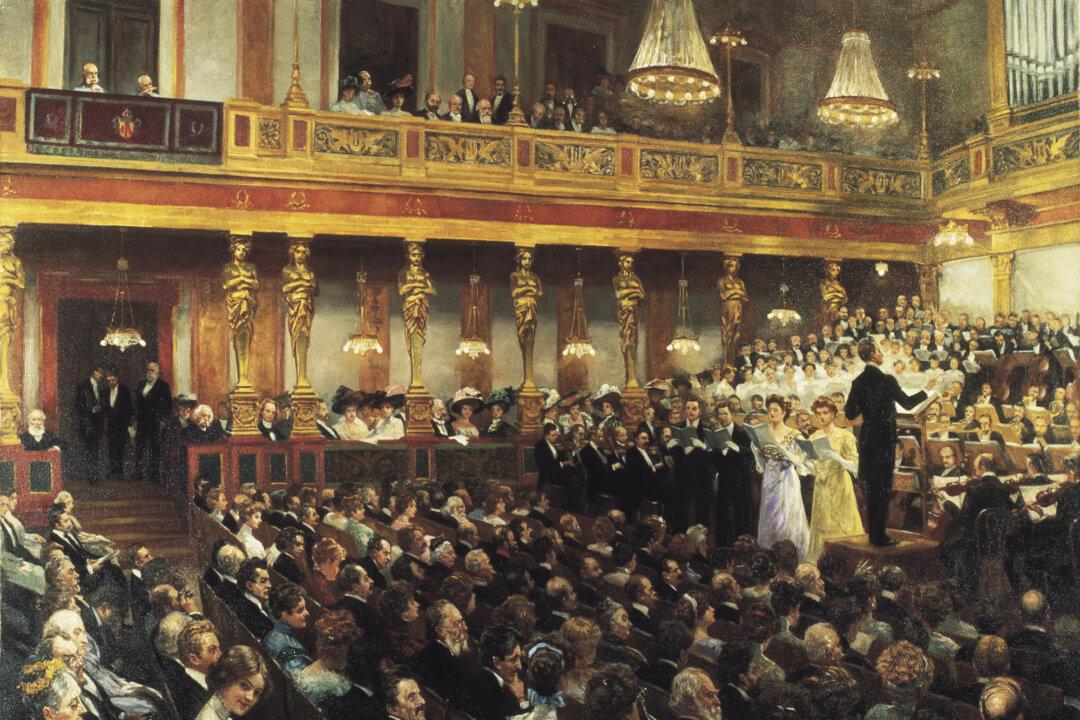Last fall, I was offered complimentary coffee at a nearby shop due to some inconvenient circumstances taking place at my office building. Not one to pass up a free perk when offered, I hopped on over a few times, feeling like I was living in the lap of luxury with my hot drink.
But then one of the baristas made a comment about tips, indicating that he was annoyed I wasn’t contributing anything to his tip jar. Taken aback, I guiltily began forking over some cash for the jar, even though I never thought tipping was a necessity in a coffee shop.






